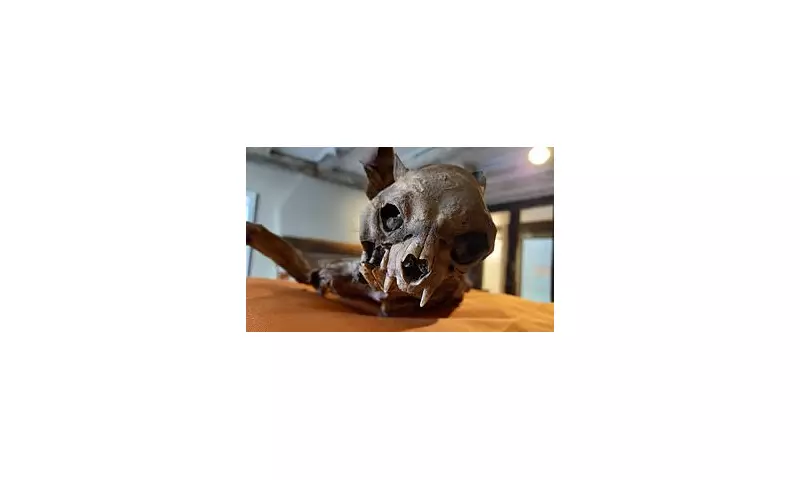
Archaeologists have made a startling discovery within the historic walls of Waltham Abbey Church in Essex - a perfectly preserved mummified cat, deliberately entombed as a spiritual guardian against evil forces.
A Guardian Through the Centuries
The remarkable feline remains were found sealed within the church's ancient stonework, positioned as if standing eternal watch. Experts believe the cat was placed there during medieval times as a form of spiritual protection for the sacred site where King Harold II, the last Anglo-Saxon king of England, was laid to rest after his death at the Battle of Hastings in 1066.
Medieval Superstitions Revealed
This discovery provides fascinating insight into medieval beliefs and practices. During this period, it was common to conceal animals within building structures as protective charms. Cats, in particular, were thought to possess supernatural qualities that could ward off evil spirits and malevolent forces.
The practice of concealing animals in buildings, known as 'spiritual middens,' was widespread across Britain until the early 19th century. The Waltham Abbey cat represents one of the best-preserved examples ever uncovered, offering archaeologists unprecedented insight into these ancient protective rituals.
Historical Significance
Waltham Abbey Church holds immense historical importance as the final resting place of King Harold II, whose death marked the end of Anglo-Saxon rule and the beginning of Norman domination of England. The discovery of the mummified guardian cat adds another layer to the rich tapestry of this significant historical site.
The cat's excellent state of preservation suggests it was carefully placed in a dry, sealed environment, allowing it to mummify naturally over the centuries. Its positioning indicates it was deliberately placed to serve as a permanent spiritual sentinel for the church and its royal occupant.
Continuing Archaeological Work
Archaeologists continue to study the remarkable find, examining the cat's remains and the specific context of its placement. The discovery underscores how much we still have to learn about medieval spiritual practices and the creative ways our ancestors sought protection from perceived supernatural threats.
This mummified guardian offers a tangible connection to the beliefs and fears of medieval England, preserved in stone and fur for modern generations to contemplate and understand.
